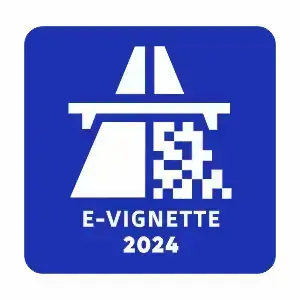Innovative solutions aimed at reducing global carbon dioxide emissions are receiving more and more attention, especially the installation of solar roofs over highways, which would not only be beneficial from an environmental point of view, but would also improve traffic safety. According to the latest research, solar roofs installed over highways around the world could significantly reduce carbon dioxide emissions and improve public safety. innovationnewsnetwork.com pointed out that by reducing the need for fossil fuels, these roofs could reduce global carbon emissions by up to 28%.
Utilization of areas occupied by highways The essence of the idea is that solar panels would be built above highways and main roads, which would not only generate electricity, but also provide protection against adverse weather conditions. Ling Yao, a remote sensing researcher at the Chinese Academy of Sciences and lead author of the study, mentioned the great potential of the idea: “Covering the Earth's highways with solar roofs could generate 17.58 petawatt hours of electricity annually, which is more than 60% of the world's total electricity consumption. equivalent to in 2023." The role of solar energy is increasing among renewable energy sources, and solar photovoltaics account for a significant part of new renewable energy installations, 40% between 2012 and 2021. ### Optimizing existing infrastructure Utilizing the world's more than 3.2 million kilometers of highway network for solar energy production would be a huge step towards green energy.
While solar-covered parking lots are more common, photovoltaic highways are still in their infancy. Pilot projects have already been launched in some countries, but wide-scale implementation is yet to happen. The researchers recommend installing solar panels with a capacity of 250 watts at a 10-degree angle above the outer lanes of highways. The most potential lies in densely populated regions such as Eastern China, Western Europe, and the East Coast of the United States. ### Benefits and Challenges Covering highways with solar roofs to reduce global carbon dioxide emissions could offset up to 9.66 gigatons of carbon dioxide per year, equivalent to two-thirds of US 2022 greenhouse gas emissions. These roofs would not only offer environmental benefits, but also significantly improve traffic safety.
According to preliminary research, these roofs can reduce the number of traffic accidents by up to 10.8%, especially in adverse weather conditions. In addition to the economic benefits, the high costs of installation and maintenance, as well as the cleaning of a large number of solar cells, can pose serious logistical challenges. However, Ling Yao is optimistic that with the success of smaller-scale experiments, the technology can be used more widely. Countries with long, flat stretches of highway, such as the southwestern United States, could be ideal locations for the deployment of these large-scale solar roof structures.



 Deutsch (DE)
Deutsch (DE)
 Greek (GR)
Greek (GR)
 Italiano (IT)
Italiano (IT)
 Magyar (HU)
Magyar (HU)
 Polski (PL)
Polski (PL)
 Română (RO)
Română (RO)
 Slovensky (SK)
Slovensky (SK)
 Slovenščina (SL)
Slovenščina (SL)
 Türkçe (TR)
Türkçe (TR)
 Česká (CZ)
Česká (CZ)








